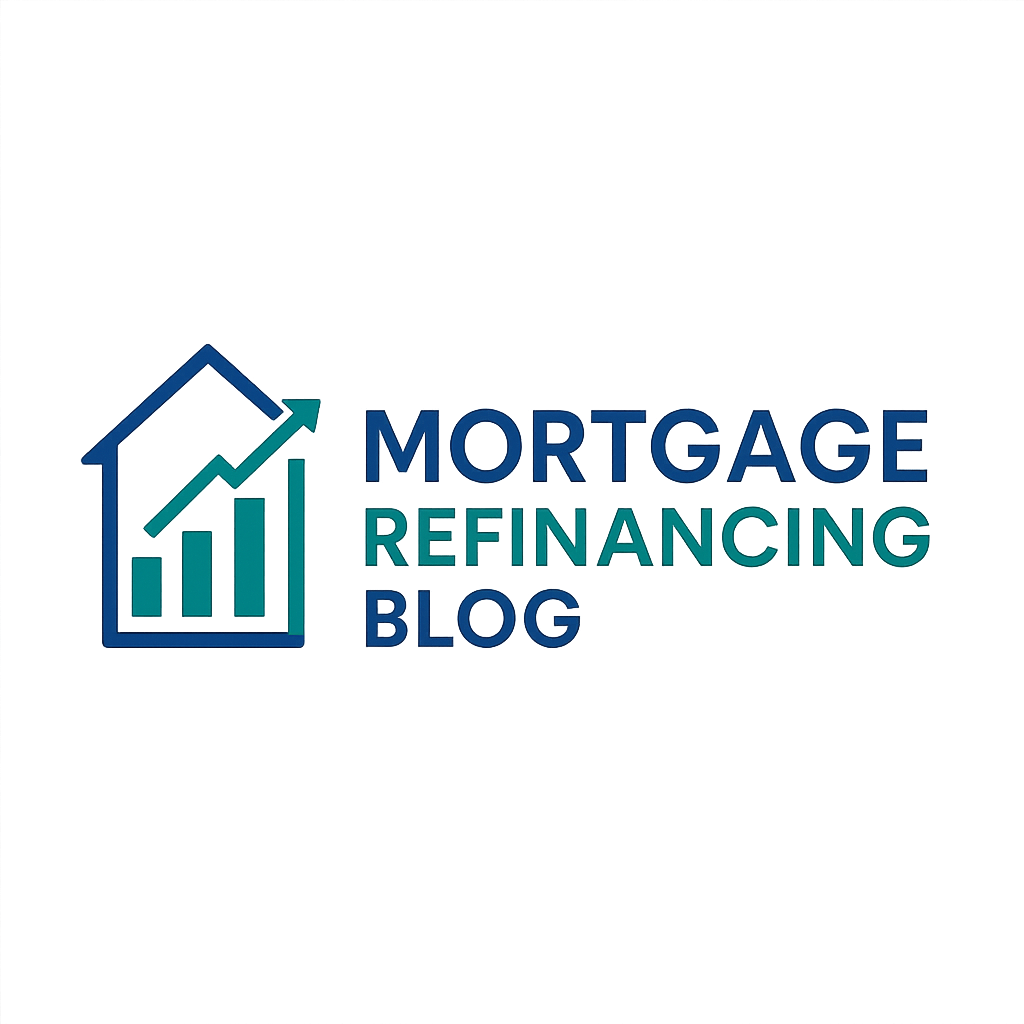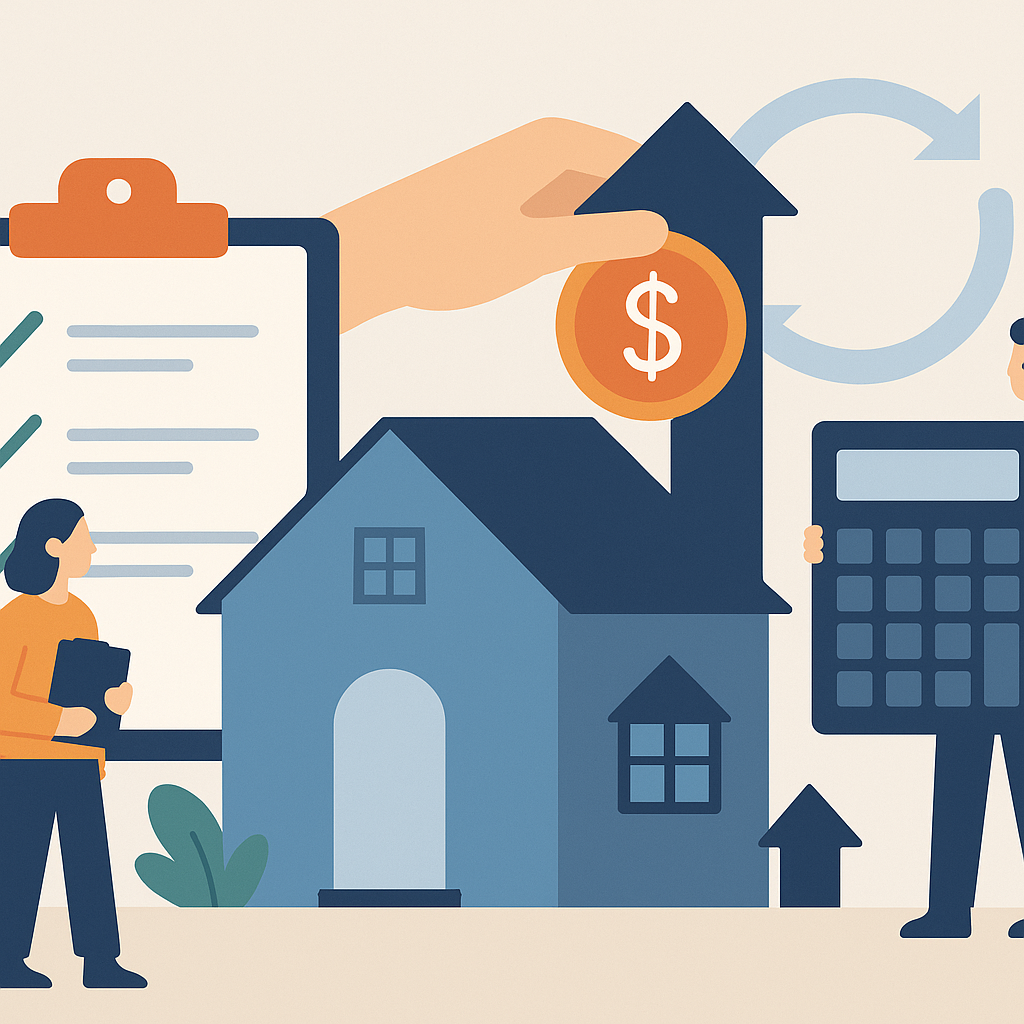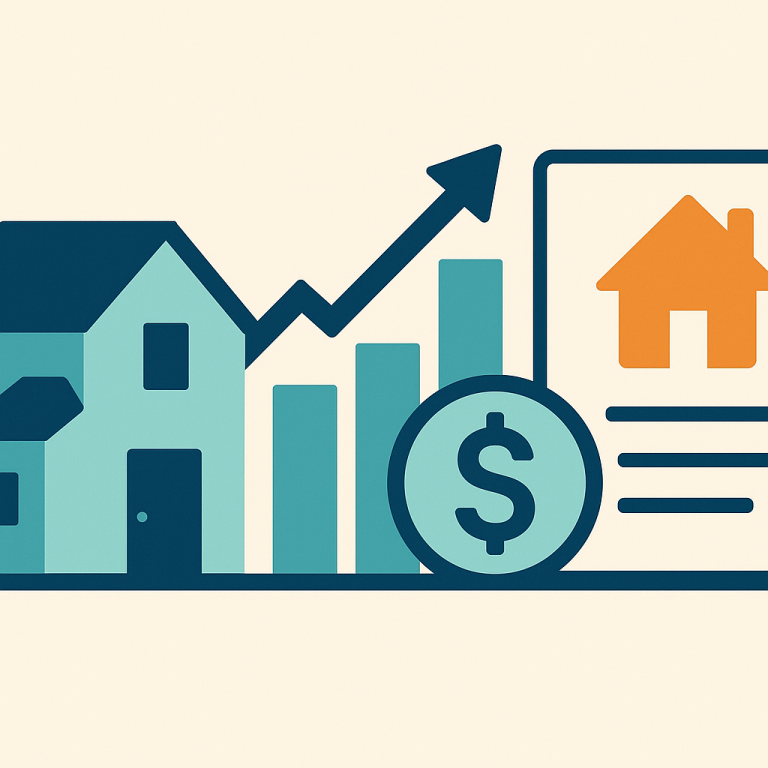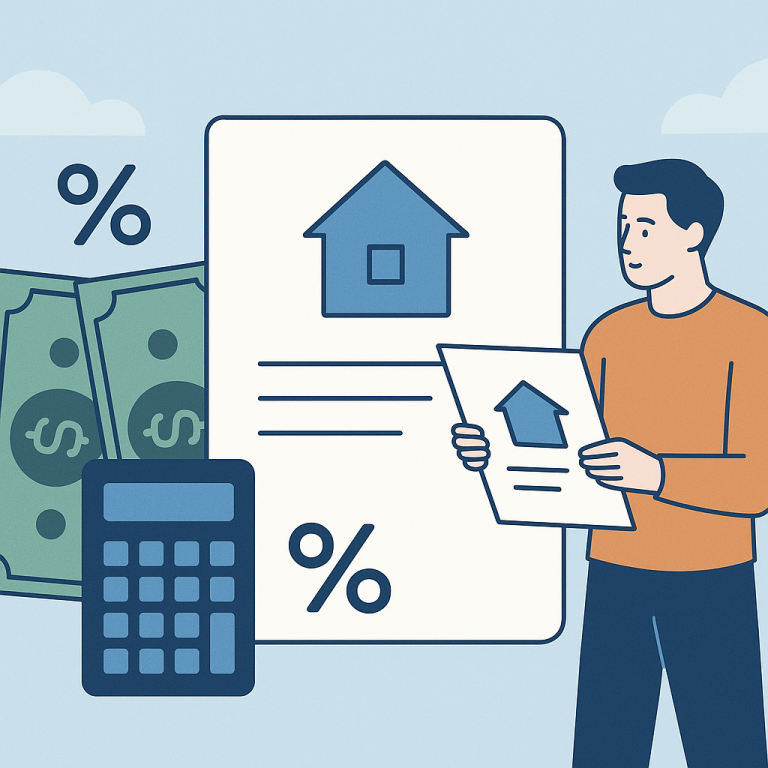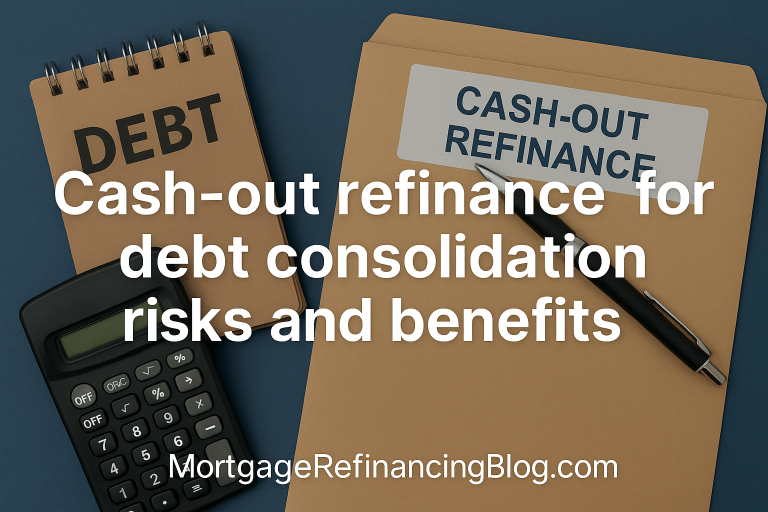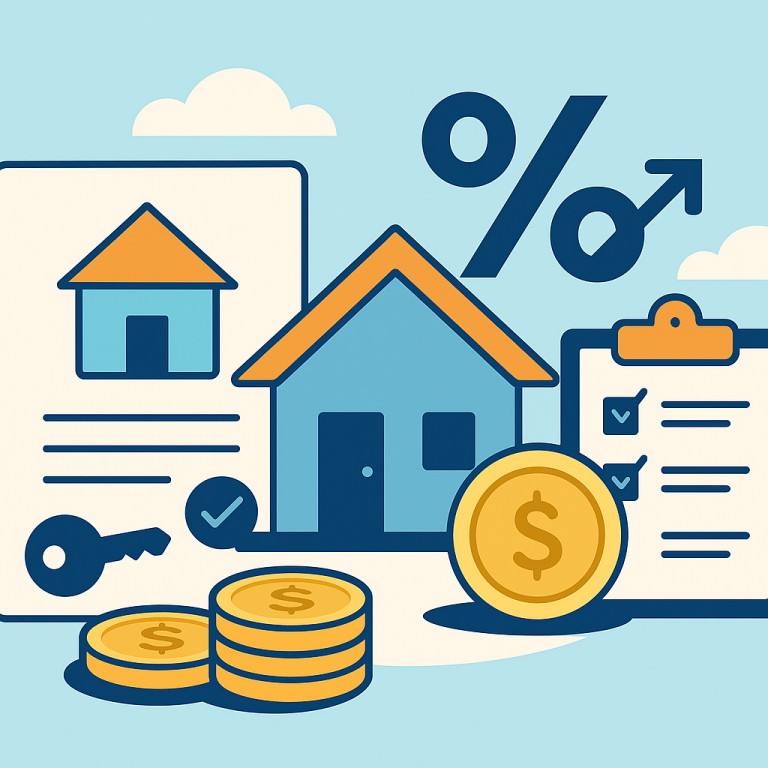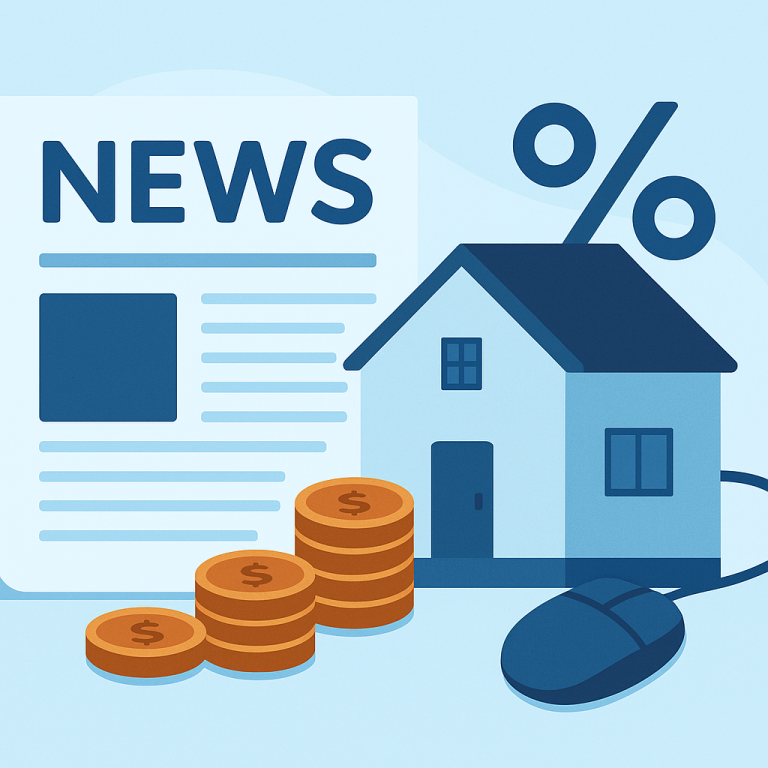Refinance guide USDA streamline-assist refinance guide
USDA Streamline-Assist Refinance Guide
The USDA Streamline-Assist refinance is a limited-purpose refinance option for homeowners who already have a USDA (Rural Development) mortgage. It’s designed to reduce a borrower’s interest rate and monthly payment with reduced documentation and underwriting compared with a standard refinance. This guide explains what it is, when it makes sense, fees and costs, the step-by-step process, common pitfalls, and answers to frequently asked questions.
What it is and when it makes sense
The Streamline-Assist refinance (sometimes called a USDA streamline refinance) is available only to borrowers with an existing USDA mortgage on a primary residence located in an eligible rural area. The program focuses on rate-and-term reduction (not cash-out) and aims to make refinancing simpler by limiting the information lenders must collect.
It makes sense when:
- You have a USDA loan and can obtain a materially lower interest rate that meaningfully reduces your monthly payment.
- You want a quick refinance with fewer documentation requirements than a full conventional refi.
- You don’t need cash-out and intend to keep the property as your primary residence.
Benefits and drawbacks
Benefits
- Simplified underwriting: Lenders typically require less income documentation and may waive a full appraisal in many cases.
- Lower monthly payment: The primary goal is to reduce interest rate and monthly payment.
- Accessible for borrowers who may not qualify for conventional refinances: Because underwriting is limited, borrowers with marginal credit may still qualify if other conditions are met.
- Potential to finance closing costs: Many lenders allow you to roll closing costs into the new loan, reducing out‑of‑pocket cash needed at closing.
Drawbacks
- No cash-out: You cannot take equity out with a streamline-assist refinance.
- Eligibility limits: Only available for USDA loans on properties in USDA-eligible areas and on owner-occupied homes.
- Possible upfront or ongoing USDA fees: Depending on the loan type (guaranteed vs. direct) certain fees may apply.
- May extend amortization: Rolling costs into the loan or extending the term can increase total interest paid over the life of the loan even if monthly payments are lower.
Costs and fees
While the streamline process reduces documentation, it does not eliminate closing costs. Typical costs include:
- Title and recording fees
- Loan origination or processing fees (varies by lender)
- Escrow and settlement fees
- Prepaid items such as property taxes and homeowners insurance escrow contributions
- Possible guarantee or upfront fees depending on whether your original loan was a USDA guaranteed loan or a direct loan
Many lenders will allow you to finance closing costs into the new loan balance if permitted. Some lenders also offer “no‑closing‑cost” options where costs are offset by a slightly higher interest rate. Ask your lender for a Loan Estimate that breaks down fees before signing.
Step-by-step process
1. Confirm eligibility
Verify that your current mortgage is a USDA loan, the property remains your primary residence, and the home is in a USDA-eligible area. Your current loan servicer or mortgage statement should indicate USDA/RD status; you can also check property eligibility on the USDA website or ask a lender.
2. Compare savings
Get multiple rate quotes and compare the projected monthly payment and total costs. Calculate the breakeven period (how long it takes for payment savings to cover refinance costs) to decide whether the refinance is financially worthwhile.
3. Contact a USDA-approved lender
Not all lenders offer Streamline-Assist refinances. Contact lenders who participate in USDA programs and request a Loan Estimate for a USDA streamline refinance.
4. Submit application and documents
The lender will collect limited documentation. Requirements vary: some lenders perform modest income verification or a credit check, while others rely on the streamline authority to minimize paperwork. Be prepared to provide identification, current loan information, and possibly proof of residency or account history.
5. Underwriting and title work
The lender will underwrite the new loan, order title work, and—depending on the case—may waive an appraisal. They will check for lien status, ensure the loan is current, and confirm there are no disqualifying title issues.
6. Closing
Review and sign closing documents. If closing costs are not financed, bring funds or arrange payment. The lender will pay off the old loan and record the new mortgage.
7. Post-closing
Ensure your escrow account, tax/insurance payments, and monthly payment amounts are correct. Confirm your new servicer and set up payment channels.
Common pitfalls to avoid
- Refinancing for a small rate drop without calculating breakeven: small differences may not justify the fees or reset of the amortization clock.
- Assuming no documentation is required: streamline reduces paperwork but does not guarantee zero documentation; lenders still have program rules to follow.
- Extending the loan term without considering total interest: a lower monthly payment can increase lifetime interest if the term is extended.
- Missing eligibility details: late payments, unpaid taxes or liens, or the property becoming non-owner-occupied can disqualify you.
- Not comparing alternatives: a conventional or FHA refinance might offer better terms depending on your credit, equity, and goals.
Short FAQ
Q: Can I get cash out with a USDA Streamline-Assist refinance?
A: No. The Streamline-Assist refinance is intended for rate-and-term reductions only. If you need cash-out, explore other refinance options, but many programs require appraisal and stricter underwriting.
Q: Will I need an appraisal and full income verification?
A: Often the appraisal can be waived and documentation requirements are reduced, but lenders may still run credit checks or request limited income verification. Requirements vary by lender and loan type.
Q: How long does the process take?
A: Timelines vary by lender and complexity, but streamlined refinances are typically faster than full refis—often a few weeks from application to closing if there are no title or payoff issues.
Q: Can I refinance if my home is no longer in a USDA-eligible area?
A: USDA eligibility is tied to the property location at origination and for the refinance. If the property is no longer in an eligible area, you likely won’t qualify for a USDA streamline refinance. Check eligibility with a lender or the USDA website.
Refinancing a USDA loan with the Streamline-Assist option can deliver meaningful savings with less hassle—but it’s important to confirm eligibility, run the numbers, and shop lenders. Compare offers, understand all fees, and choose the option that best supports your long-term financial goals.
META: USDA Streamline-Assist refinance guide | last updated: 2025-08
